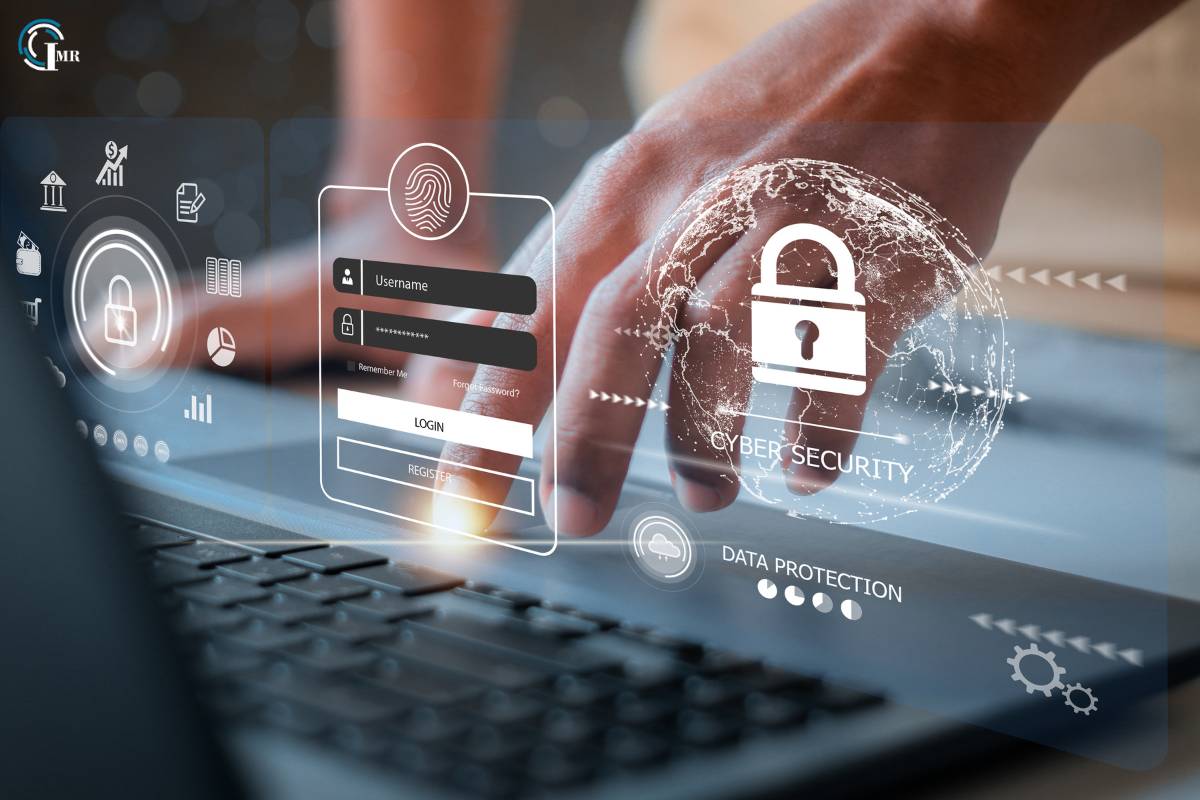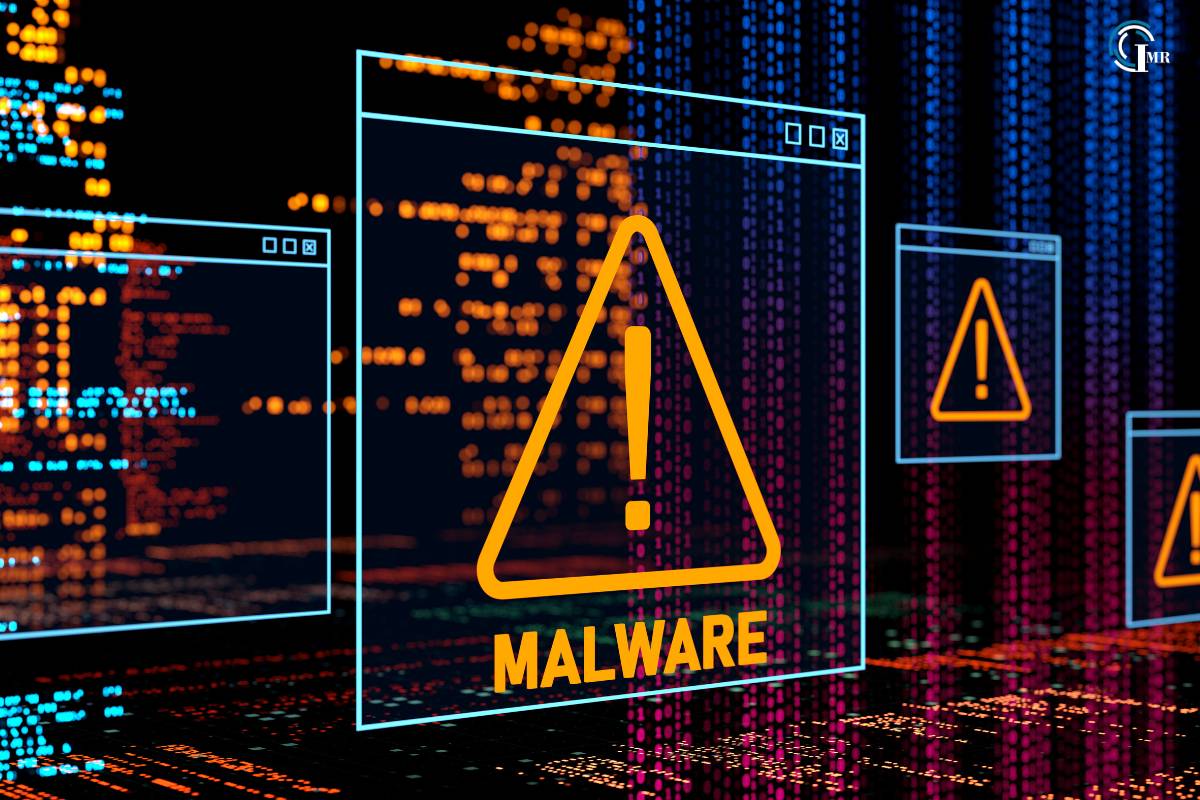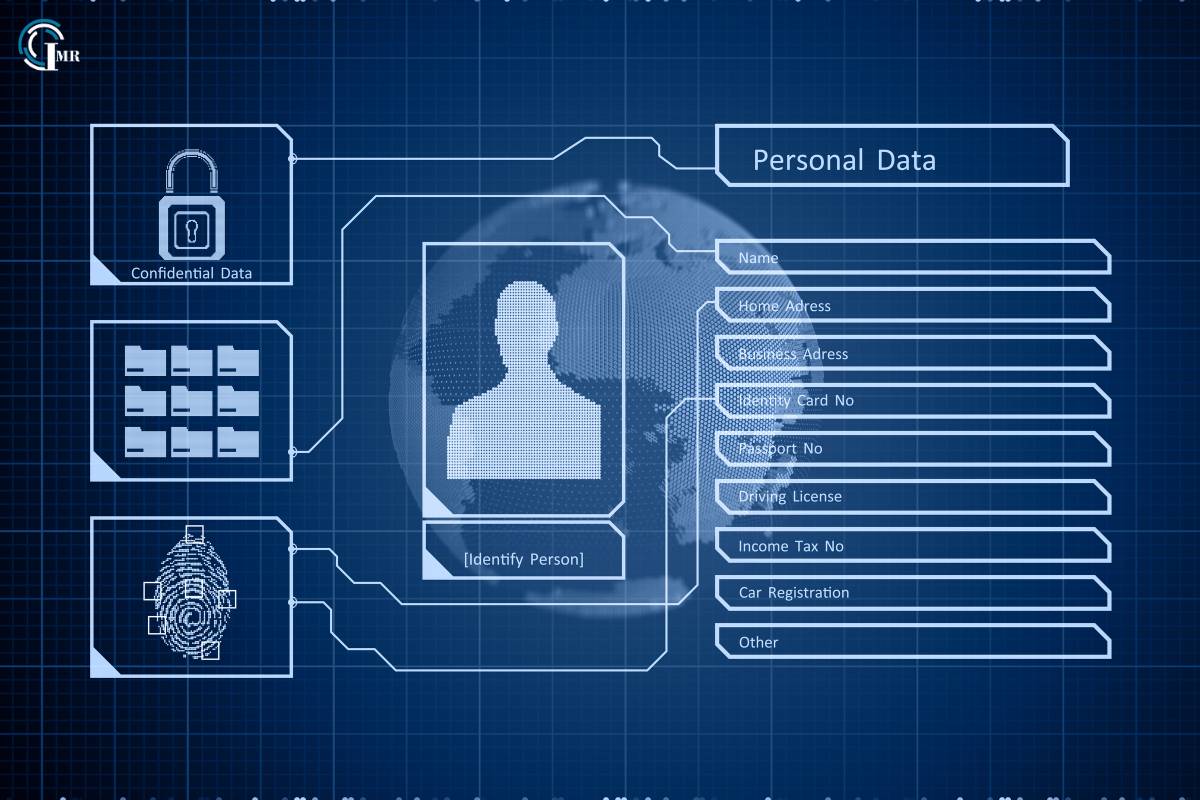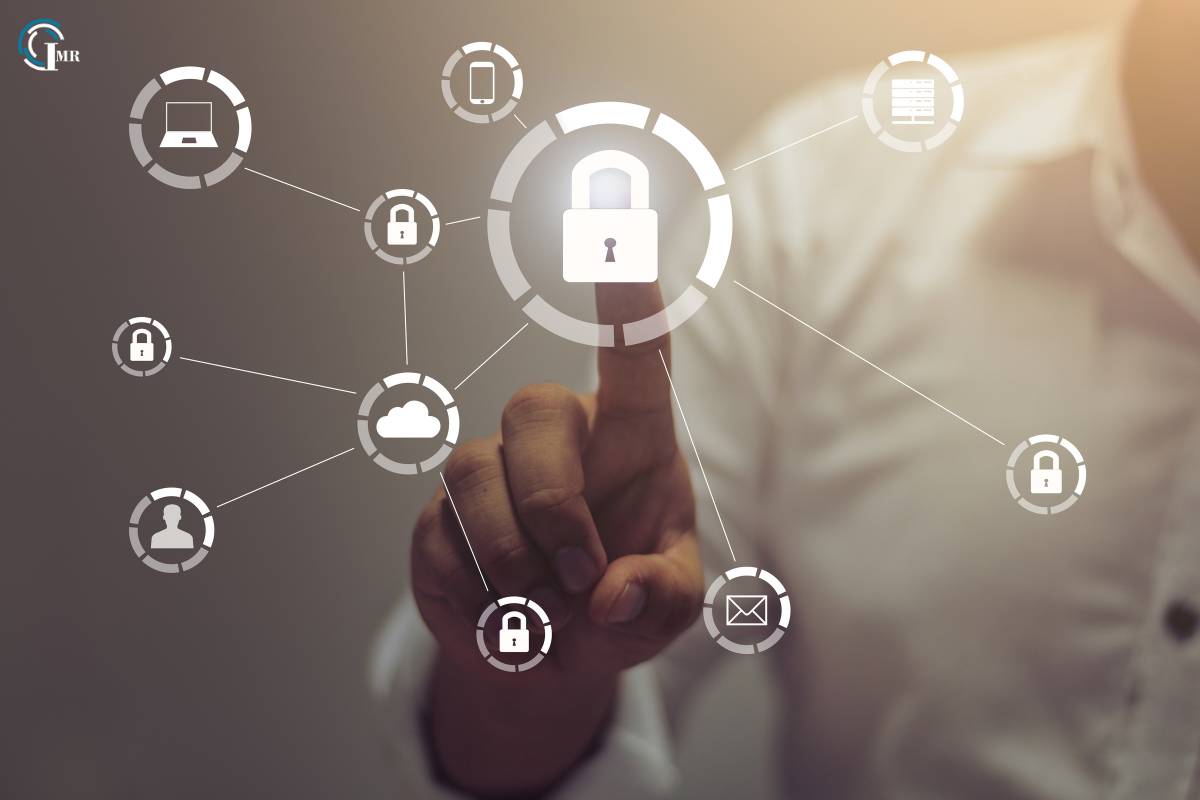
Cybersecurity is increasingly critical in today’s digital landscape, where the complexity and frequency of cyber threats continue to rise. As we progress through 2024, several key trends are shaping the cybersecurity trends landscape, influencing how organizations and individuals protect themselves against evolving threats. Let’s explore the most significant cybersecurity trends in 2024 and their implications for the future of digital security.
10 Most Significant Cybersecurity Trends in 2024:
1. Zero Trust Architecture (ZTA)
The first in cybersecurity trends in 2024 is Zero Trust Architecture, which has emerged as a fundamental shift from traditional perimeter-based security models. In 2024, organizations are increasingly adopting ZTA principles to enhance their cybersecurity posture. The core tenet of ZTA is to never trust implicitly and always verify, regardless of whether the access request originates from inside or outside the network perimeter.
Benefits of Zero Trust Architecture:
Improved Security Posture: By assuming zero trust and implementing strict access controls, organizations can significantly reduce the attack surface and mitigate the risk of data breaches and insider threats.
Enhanced Visibility and Control: ZTA provides granular visibility into user and device activities, allowing organizations to monitor and enforce security policies effectively.
2. AI and Machine Learning in Cybersecurity
Artificial Intelligence (AI) and Machine Learning (ML) are transforming cybersecurity by enabling proactive threat detection and response capabilities. In 2024, AI and ML technologies will be increasingly integrated into security tools to analyze vast amounts of data and identify patterns indicative of potential cyber threats.
Applications of AI and ML in Cybersecurity:
Advanced Threat Detection: AI algorithms can detect anomalies in network traffic, user behavior, and system activities that may indicate potential security incidents.
Behavioral Analysis: ML models can learn and adapt to normal patterns of user and device behavior, helping identify deviations that could signify insider threats or compromised accounts.
Challenges and Considerations:
While AI and ML offer significant advantages among cybersecurity trends in 2024, their integration enhances threat detection and response capabilities, challenges include the need for large datasets for training, potential biases in algorithms, and the ongoing evolution of cyber threats that require continuous adaptation of AI models.
3. Extended Detection and Response (XDR)

Extended Detection and Response (XDR) solutions are evolving beyond traditional endpoint detection and response (EDR) capabilities. XDR integrates multiple security layers—such as endpoint, network, and application data—into a unified platform, providing comprehensive threat detection, investigation, and response capabilities.
Advantages of XDR:
Unified Visibility: XDR provides a centralized view of security incidents across all endpoints, networks, and cloud environments, enabling security teams to correlate and prioritize alerts efficiently.
Scalability and Flexibility: XDR scales with organizational growth and adapts to diverse IT environments, supporting dynamic security requirements in the face of evolving threats.
4. Cloud Security Posture Management (CSPM)
Cloud Security Posture Management (CSPM) has become essential as organizations increasingly adopt cloud services for their operations. CSPM tools help organizations proactively identify and remediate misconfigurations, compliance violations, and other security risks across their cloud environments.
Key Functions of CSPM:
Continuous Monitoring: CSPM solutions continuously monitor cloud environments for misconfigurations, vulnerabilities, and unauthorized access attempts, providing real-time visibility into security posture.
Policy Enforcement: CSPM tools enforce security policies and best practices across cloud services and configurations, ensuring consistency and compliance with regulatory requirements.
Automated Remediation: CSPM automates the detection and remediation of security issues, reducing manual effort and minimizing the window of exposure to potential threats.
5. Zero-Day Vulnerability Prevention
Zero-day vulnerabilities, which exploit unknown flaws in software or hardware, pose significant risks to cybersecurity. Cybersecurity Trends In 2024, there is an increasing emphasis on pre-emptively identifying and patching these vulnerabilities before they can be exploited by threat actors.
Strategies for Zero-Day Vulnerability Prevention:
Threat Intelligence Collaboration: Collaborative efforts among security researchers, vendors, and organizations facilitate early identification and mitigation of zero-day vulnerabilities through shared threat intelligence.
Rapid Patch Management: Timely deployment of security patches and updates is crucial to closing known vulnerabilities and reducing the window of exposure to zero-day exploits.
Behavioral Analytics: AI-driven behavioral analysis can detect and block suspicious activities indicative of zero-day exploitation attempts, enhancing proactive threat mitigation.
Challenges in Zero-Day Prevention:
The stealthy nature of zero-day vulnerabilities and the limited availability of patches pose challenges in pre-emptive mitigation. Organizations must prioritize vulnerability management and adopt proactive measures to reduce their exposure to emerging threats.
6. Identity and Access Management (IAM)

Identity and Access Management (IAM) remains fundamental to cybersecurity strategy in 2024. Effective IAM ensures that only authorized individuals and devices have access to sensitive data and resources, reducing the risk of unauthorized access and credential theft.
Components of IAM:
Authentication: IAM systems authenticate user identities through multi-factor authentication (MFA), biometrics, and contextual factors, ensuring secure access to resources.
Authorization: IAM controls enforce access rights based on the principle of least privilege, limiting users’ access to only the resources necessary for their roles.
Auditing and Monitoring: IAM solutions provide visibility into user activities and access patterns, enabling organizations to detect and respond to suspicious behavior promptly.
7. Ransomware Resilience
Ransomware attacks continue to threaten organizations across various sectors. In response, cybersecurity strategies are focusing on enhancing ransomware resilience through proactive measures such as data backups, network segmentation, and incident response planning.
Strategies for Ransomware Resilience:
Data Backup and Recovery: Regularly backing up critical data and maintaining offline backups can mitigate the impact of ransomware attacks and facilitate timely recovery.
Network Segmentation: Segmenting networks and implementing access controls can contain ransomware propagation and limit the scope of infection within the organization.
Incident Response Preparedness: Developing and testing incident response plans specific to ransomware incidents enables organizations to respond swiftly and effectively to mitigate ransomware attacks.
8. Quantum-Safe Cryptography
With the potential advent of quantum computing, the need for quantum-safe cryptography is becoming increasingly urgent. Quantum computers could potentially render existing cryptographic algorithms obsolete, necessitating the development and adoption of quantum-resistant encryption standards.
Challenges in Quantum-Safe Cryptography:
Algorithm Development: Developing and standardizing quantum-safe cryptographic algorithms that withstand quantum computing attacks while maintaining performance and efficiency is a significant challenge.
Transition Planning: Transitioning from traditional cryptographic algorithms to quantum-safe alternatives requires careful planning, investment, and coordination across industries to ensure compatibility and security.
9. Cybersecurity Automation

Automation is revolutionizing cybersecurity operations by streamlining routine tasks, enhancing threat detection capabilities, and accelerating incident response times. In 2024, Security Orchestration, Automation, and Response (SOAR) platforms are increasingly adopted to integrate disparate security tools and orchestrate automated incident response workflows which turned out to be beneficial for cybersecurity trends in 2024.
Benefits of Cybersecurity Automation:
Operational Efficiency: Automation reduces the time and effort required for threat detection, investigation, and response, enabling security teams to focus on strategic initiatives and proactive threat hunting.
Consistency and Accuracy: Automated workflows ensure consistent application of security policies and procedures across the organization, minimizing human error and oversight.
10. IoT Security
The last among cybersecurity trends is the proliferation of Internet of Things (IoT) devices, which continues to expand the attack surface for cyber threats. In 2024, securing IoT ecosystems remains a top priority, with an emphasis on implementing robust security measures such as device authentication, encryption, and regular firmware updates.
Challenges in IoT Security:
Diversity of Devices: IoT devices vary widely in terms of manufacturers, operating systems, and security capabilities, posing challenges in implementing standardized security measures across heterogeneous IoT ecosystems.
Lifecycle Management: Ensuring security throughout the lifecycle of IoT devices—from deployment and operation to decommissioning—requires comprehensive device management and update mechanisms.
Emerging Trends in IoT Security:
Blockchain Integration: Blockchain technology is being explored to enhance IoT device authentication, data integrity, and secure communication among interconnected devices and networks.
Edge Computing Security: Securing edge computing environments where IoT data is processed locally can mitigate latency issues and enhance data privacy and security.
Conclusion:
In summary, the cybersecurity trends in 2024 underscore the importance of innovation, vigilance, and strategic investment in cybersecurity capabilities. Organizations that prioritize these trends will not only enhance their cyber resilience but also protect critical assets, data, and operations from the growing complexity and frequency of cyber threats in the digital age.





Comments